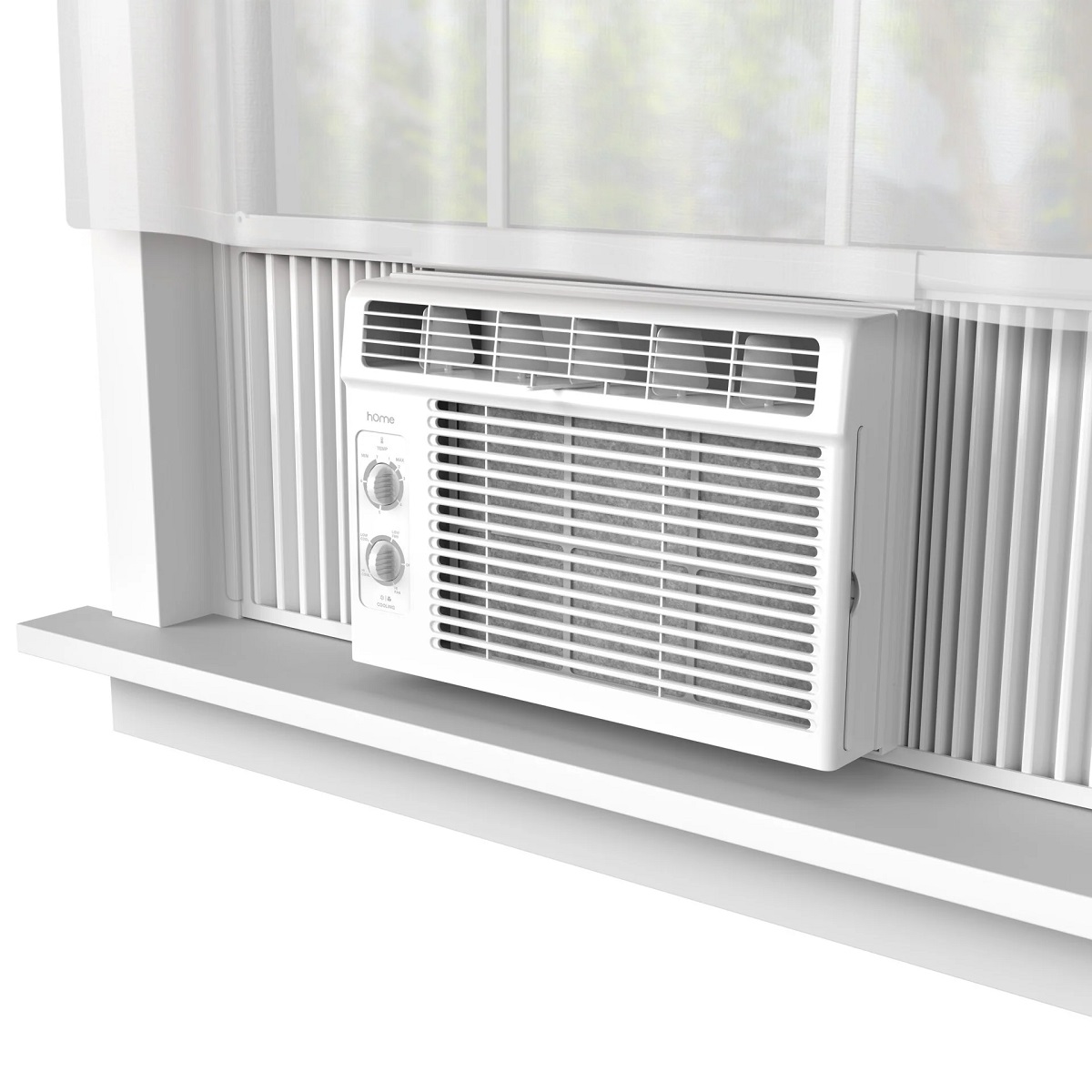

Articles
What Does AC Stand For
Modified: April 23, 2024
Discover what AC stands for and learn more about it in our informative articles. Get all the insights and knowledge you need on AC.
(Many of the links in this article redirect to a specific reviewed product. Your purchase of these products through affiliate links helps to generate commission for Storables.com, at no extra cost. Learn more)
Introduction
Welcome to the world of air conditioning, where comfort meets convenience. AC, short for air conditioning, has become an integral part of modern life, providing relief from hot summers and creating a pleasant indoor environment. But what does AC really stand for and how does it work? In this article, we will explore the definition of AC, the components of an AC system, various types of AC systems, as well as the advantages and disadvantages of using AC.
AC, short for air conditioning, refers to the process of controlling temperature, humidity, and air quality in indoor spaces. It involves the use of various technologies to cool or heat the air and ensure optimal comfort levels. AC systems are commonly found in homes, offices, schools, hospitals, and other commercial buildings, offering a refreshing and comfortable environment even during the hottest summer months.
To understand how AC works, it’s important to familiarize ourselves with the key components of an AC system. These include the compressor, condenser, evaporator, thermostat, and refrigerant. The compressor plays a crucial role in the cooling process by pressurizing and circulating the refrigerant, which absorbs heat from the air. The condenser then releases the heat absorbed by the refrigerant into the outside environment. Meanwhile, the evaporator cools the indoor air by evaporating the refrigerant and removing heat from the surrounding air. The thermostat acts as a control device, regulating the temperature to maintain the desired level of comfort.
There are various types of AC systems available, each with its own unique features and advantages. The most common types include window air conditioners, split air conditioners, central air conditioning systems, portable air conditioners, and ductless mini-split systems. Window air conditioners are compact units that are installed in a window or a hole in the wall, providing cooling to a single room or small area. Split air conditioners consist of an indoor unit and an outdoor unit, offering cooling for multiple rooms. Central air conditioning systems are designed to cool an entire building or house using a network of ducts. Portable air conditioners provide convenience and mobility, allowing you to cool specific areas as needed. Ductless mini-split systems are similar to split air conditioners, but without the need for ductwork.
Key Takeaways:
- AC systems revolutionize indoor comfort, regulate air quality, and enhance productivity. Understanding the components, types, and terminology empowers informed decision-making for optimal usage and maintenance.
- While offering relief from heat and improving air quality, AC systems come with energy consumption, maintenance costs, and potential environmental impacts. Responsible usage and efficient models mitigate these drawbacks.
Read more: What Does Television Stand For
Definition of AC
AC, or air conditioning, is a technology that controls and modulates the temperature, humidity, cleanliness, and circulation of air in indoor spaces. Its primary purpose is to create a comfortable and pleasant environment for occupants, especially during hot and humid weather conditions.
The fundamental principle behind AC is the removal of heat from the indoor air and transferring it to the outside environment, resulting in the cooling of the indoor space. This process is achieved through a combination of mechanical, electrical, and refrigeration systems.
AC systems consist of several key components that work together to achieve the desired cooling effect. The compressor compresses and circulates a refrigerant, such as Freon, throughout the system. The refrigerant absorbs the heat from the indoor air and carries it to the condenser unit, where it is released to the outside. The evaporator unit, located indoors, cools the air by absorbing the heat from it. The cooled air is then circulated back into the room, providing a refreshing and comfortable environment.
In addition to cooling, AC systems also play a crucial role in dehumidifying the air. As warm air passes over the evaporator coils, moisture condenses on the cold surface, reducing the humidity levels in the room. This feature is particularly beneficial in humid climates, as it helps to create a more comfortable and breathable atmosphere.
The benefits of AC extend beyond just temperature regulation. It also improves indoor air quality by filtering out dust, allergens, and pollutants. Most modern AC systems are equipped with filters that trap airborne particles, ensuring cleaner and healthier air for occupants. This is especially beneficial for individuals with respiratory conditions or allergies.
Moreover, AC systems provide ventilation by circulating fresh outdoor air into the indoor space. This helps to replenish oxygen levels and remove stale air, creating a more pleasant and invigorating environment. Proper ventilation is essential for maintaining good indoor air quality and preventing the buildup of harmful gases or odors.
Overall, AC systems have revolutionized the way we live and work, providing comfort, convenience, and improved air quality. Whether it’s in our homes, offices, or public spaces, air conditioning has become an essential component of modern life, contributing to our well-being and productivity.
Components of an AC System
An air conditioning (AC) system is composed of several key components that work together to cool and regulate the temperature of indoor spaces. Understanding these components is essential in troubleshooting any issues that may arise and maintaining the efficiency of the system. Let’s explore the main components of an AC system:
- Compressor: The compressor is often referred to as the heart of an AC system. It is responsible for pressurizing and circulating the refrigerant, a fluid that absorbs and carries heat. The compressor is typically located in the outdoor unit and plays a crucial role in the cooling process.
- Condenser: The condenser is located in the outdoor unit and works in conjunction with the compressor. Its primary function is to release the heat absorbed by the refrigerant during the cooling process. The condenser coils, along with a fan, facilitate the transfer of heat from the refrigerant to the outside air.
- Evaporator: The evaporator, located in the indoor unit, is responsible for cooling the air by allowing the refrigerant to evaporate and absorb heat from the surrounding environment. It consists of coils and a fan that disperse the cooled air into the room.
- Thermostat: The thermostat acts as a control device for the AC system, allowing users to set and maintain the desired temperature. It senses the current temperature of the indoor space and signals the compressor and fan to adjust accordingly. Modern thermostats often come with programmable features, allowing for customizable temperature settings throughout the day.
- Refrigerant: The refrigerant is a chemical compound that circulates throughout the AC system, absorbing and releasing heat in the process. It undergoes a phase change from gas to liquid and back to gas, enabling efficient heat transfer. Commonly used refrigerants include R-410A, R-22, and R-32. It is essential to handle and dispose of refrigerants properly due to their potential environmental impact.
- Ductwork: In central AC systems, ductwork plays a vital role in distributing the cooled air throughout the building or home. It consists of a network of channels that connect the indoor unit to different rooms or zones. Properly designed and sealed ductwork ensures efficient airflow and helps maintain consistent temperature levels.
- Filters: AC systems are equipped with filters that trap and remove airborne particles, such as dust, pollen, and pet dander. Filters help improve indoor air quality by reducing allergens and pollutants. Regular cleaning or replacement of filters is necessary to maintain proper airflow and prevent the accumulation of debris.
- Fan: Both the indoor and outdoor units of an AC system incorporate fans. The fan in the indoor unit disperses the cooled air into the room, while the fan in the outdoor unit assists in dissipating heat from the condenser. Fans play a crucial role in facilitating airflow and maximizing the efficiency of the cooling process.
Understanding the various components of an AC system allows for better operation, maintenance, and troubleshooting. Regular maintenance, such as cleaning filters, checking refrigerant levels, and inspecting fan motors, can help prolong the lifespan of the AC system and ensure optimal performance.
Types of AC Systems
When it comes to air conditioning, there is a wide range of options available to suit different needs and preferences. From window units to central air conditioning systems, each type of AC system offers its own set of advantages and considerations. Let’s explore some of the most common types of AC systems:
- Window Air Conditioners: Window air conditioners are a popular choice for cooling individual rooms or small spaces. As the name suggests, these units are installed directly in a window or a hole in the wall. They consist of a single unit housing all the necessary components, including the compressor, condenser, evaporator, and controls. Window air conditioners are relatively affordable and easy to install, making them a convenient option for those on a budget or renting a space.
- Split Air Conditioners: Split air conditioners consist of two main units: an indoor unit and an outdoor unit. The indoor unit contains the evaporator and fan, while the outdoor unit houses the compressor and condenser. These units are connected by refrigerant lines and electrical wiring. Split air conditioners offer the advantage of cooling multiple rooms or areas, with the flexibility of choosing different cooling capacities for each indoor unit. This type of system is often used in homes and small commercial spaces.
- Central Air Conditioning Systems: Central air conditioning systems are designed to cool an entire building or house with the help of ductwork. They consist of a centralized unit that includes the compressor, condenser, and evaporator. The cooled air is distributed through a network of ducts to various rooms or zones. Central AC systems provide consistent cooling throughout the entire space, allowing for better temperature control and comfort. They are commonly found in larger residential properties, offices, and commercial buildings.
- Portable Air Conditioners: Portable air conditioners offer flexibility and mobility, making them an ideal choice for cooling specific areas or rooms. These units are self-contained and do not require permanent installation. They typically consist of a single unit with a built-in compressor, condenser, evaporator, and exhaust hose. Portable air conditioners are equipped with casters, allowing easy movement between rooms. This type of AC system is popular for use in apartments, dorm rooms, or spaces where permanent installation is not feasible.
- Ductless Mini-Split Systems: Ductless mini-split systems are similar to split air conditioners, but without the need for ductwork. These systems consist of an outdoor unit and one or more indoor units, often mounted on the wall or ceiling. The outdoor unit contains the compressor and condenser, while the indoor units house the evaporator and fan. Ductless mini-split systems offer the advantage of individual temperature control for each indoor unit, making them suitable for multi-zone cooling. They are commonly used in homes where adding ductwork is impractical or not desired.
Each type of AC system offers its own set of advantages and considerations, such as cost, installation requirements, cooling capacity, and energy efficiency. Choosing the right AC system depends on factors such as the size of the space, budget, and specific cooling needs. Consulting with an HVAC professional can help determine the best option for your requirements and ensure optimal comfort in your living or working environment.
AC stands for “alternating current,” which is a type of electrical current where the flow of electric charge periodically reverses direction. It is commonly used in household electrical systems and is the type of current provided by power outlets.
Advantages of AC
Air conditioning (AC) systems have numerous advantages that contribute to improving comfort, productivity, and overall well-being. Let’s explore some of the key advantages of using AC:
- Temperature Control: One of the primary benefits of AC is its ability to regulate indoor temperature. AC systems can effectively cool down spaces during hot summer months, providing relief from high temperatures and creating a comfortable environment. This is particularly beneficial for individuals who are sensitive to heat or have health conditions exacerbated by high temperatures.
- Improved Indoor Air Quality: AC systems play a crucial role in improving indoor air quality. They are equipped with filters that trap dust, pollen, allergens, and other particles in the air. This filtration process helps reduce the presence of airborne irritants, making the indoor environment cleaner and healthier. Improved air quality can have a positive impact on respiratory health, especially for individuals with allergies, asthma, or other respiratory conditions.
- Humidity Control: AC systems also contribute to controlling humidity levels indoors. As the air passes through the evaporator coils, moisture condenses and is removed, reducing humidity. This feature is especially beneficial in humid climates, where excess moisture can lead to discomfort, mold growth, and damage to furniture and electronics. By maintaining optimal humidity levels, AC systems create a more pleasant and breathable environment.
- Enhanced Sleep Quality: Sleep is essential for overall well-being, and AC systems can significantly improve sleep quality. By maintaining a cool and comfortable environment, AC helps regulate body temperature, leading to better sleep. A well-rested body and mind result in improved productivity, mood, and overall health.
- Increased Productivity: AC systems can have a positive impact on productivity, particularly in work or study environments. Excessive heat and discomfort can lead to fatigue, lack of focus, and decreased concentration. By providing a cool and comfortable environment, AC systems help optimize productivity and performance.
- Noise Reduction: AC systems can help reduce external noise, providing a quieter indoor environment. The constant hum of the AC unit can help mask external noises, promoting a more peaceful and relaxed atmosphere. This can be particularly beneficial for individuals living in busy urban areas or near noisy environments.
- Increased Security: AC systems allow for better security and privacy. By cooling indoor spaces, AC systems eliminate the need to keep windows open for ventilation, reducing the risk of unauthorized access or intrusion. This is especially relevant for ground-level spaces or areas in close proximity to public spaces.
- All-Season Comfort: AC systems are not only designed for cooling but also provide heating capabilities. Many modern AC units offer both cooling and heating functions, allowing for year-round comfort. This versatility ensures that occupants can maintain a comfortable indoor environment regardless of the season.
By combining temperature control, improved air quality, humidity regulation, and other benefits, air conditioning systems contribute to creating a comfortable and enjoyable living or working environment. However, it’s important to use AC systems judiciously, considering energy efficiency, maintenance, and environmental impact, to ensure sustainable and responsible use.
Read more: What Does TV Stand For In Television
Disadvantages of AC
While air conditioning (AC) systems offer numerous benefits, it’s important to consider the potential disadvantages they may have. Understanding these drawbacks can help users make informed decisions and mitigate any negative impacts. Let’s explore some of the key disadvantages of using AC:
- Energy Consumption: AC systems are known to consume a significant amount of energy, resulting in higher electricity bills. The process of cooling air requires a substantial amount of power, especially in larger spaces or buildings. Additionally, older AC units may be less energy-efficient, further adding to energy costs. It’s important to consider the energy efficiency rating (SEER rating) of an AC system and opt for newer, energy-efficient models to reduce energy consumption.
- Environmental Impact: AC systems can have a negative impact on the environment due to their refrigerants. Older AC units may use refrigerants that are harmful to the ozone layer, contributing to ozone depletion and climate change. However, newer AC units are designed to use more environmentally friendly refrigerants. It’s important to properly handle and dispose of refrigerants to prevent their release into the atmosphere.
- Maintenance and Repair Costs: AC systems require regular maintenance to ensure optimal performance and longevity. Filters need to be cleaned or replaced periodically, and coils may require cleaning to prevent dirt or debris buildup. In addition, AC systems may experience mechanical issues or component failures, requiring professional repair services. These maintenance and repair costs can add up over time.
- Health Concerns: AC systems can sometimes contribute to health issues if not properly maintained. Moisture buildup in the AC unit or ductwork can lead to the growth of mold and mildew. Such growth can release allergens and pollutants into the indoor air, potentially causing respiratory problems or allergies. Regular cleaning and maintenance can help mitigate these concerns.
- Temperature Extremes: AC systems that are not properly calibrated can lead to temperature extremes. In some cases, the cooled air may be too cold, causing discomfort or health issues such as muscle stiffness. On the other hand, inadequate cooling can result in insufficient temperature reduction, making it challenging to achieve desired comfort levels.
- Dry Air: AC systems can contribute to dry indoor air, especially in areas with low humidity. The cooling process removes moisture from the air, potentially leading to dry skin, dry eyes, and respiratory irritation. Using humidifiers or placing water sources in the vicinity can help mitigate this issue and maintain a comfortable humidity level.
- Noise: AC units can generate noise during operation, especially older or improperly maintained units. The constant hum of the AC can be distracting, particularly in quieter environments or during sleep. Opting for newer, quieter AC models and ensuring proper maintenance can help reduce noise levels.
- Dependency: Continuous reliance on AC systems can create a dependency that makes it challenging to adapt to natural temperature changes. Over time, individuals may become less tolerant of higher temperatures and more reliant on artificial cooling, which can have broader environmental and energy implications.
It’s important to weigh the advantages and disadvantages of using AC systems and consider factors such as energy efficiency, maintenance requirements, and environmental impact. Implementing energy-saving practices, properly maintaining AC systems, and using them responsibly can help mitigate the potential drawbacks and ensure sustainable usage.
Common AC Terminology
Understanding the basic terminology related to air conditioning (AC) systems can help you better navigate the world of cooling technology. Here are some common AC terms you may come across:
- BTU: BTU, or British Thermal Unit, is a unit of measurement used to denote the cooling or heating capacity of an AC system. It represents the amount of heat required to raise the temperature of one pound of water by one degree Fahrenheit. The higher the BTU rating, the more cooling power the AC unit has.
- SEER: SEER, or Seasonal Energy Efficiency Ratio, is a measure of an AC system’s energy efficiency. It represents the cooling output (BTUs) divided by the energy input (watts) over a cooling season. A higher SEER rating indicates a more energy-efficient AC system.
- EER: EER, or Energy Efficiency Ratio, is another measure of AC system efficiency, similar to SEER. It represents the cooling output (BTUs) divided by the energy input (watts) at a specific operating condition, usually a set outdoor temperature. EER is often used for evaluating window air conditioners and measures efficiency under peak load conditions.
- Refrigerant: Refrigerant is a chemical compound used in AC systems to transfer heat and cool the air. Common refrigerants include R-410A, R-22, and R-32. These refrigerants undergo phase changes from gas to liquid and back to gas, allowing heat absorption and release.
- Ductwork: Ductwork refers to the network of channels or tubes used to distribute cool or conditioned air from the AC system to different rooms or zones in a building. Properly designed and insulated ductwork ensures efficient airflow and optimal cooling throughout the space.
- Zoning: Zoning is the practice of dividing a building into different heating or cooling zones using dampers and thermostats. This allows for individual temperature control in each zone, optimizing energy usage and comfort levels in different areas of the building.
- Evaporator Coil: The evaporator coil is a component of the AC system located in the indoor unit. It absorbs heat from the indoor air as the refrigerant evaporates within the coils, resulting in cooled air being circulated into the room.
- Condenser Coil: The condenser coil is located in the outdoor unit of the AC system. It releases the heat absorbed by the refrigerant into the outside air, allowing the refrigerant to condense back into a liquid state.
- Thermostat: The thermostat is a control device that regulates the temperature of an AC system. It allows users to set the desired temperature and controls the operation of the AC unit accordingly. Modern thermostats often come with advanced features such as programmable settings and smart controls for energy efficiency.
- Air Handler: The air handler is a component of the AC system responsible for moving air through the ductwork. It consists of a fan or blower that distributes the cooled air into the rooms or zones.
These are just a few of the many terms associated with air conditioning systems. By familiarizing yourself with these common AC terms, you can better understand how your AC system works and communicate effectively with HVAC professionals for installation, maintenance, or repairs.
Conclusion
Air conditioning (AC) has become an essential part of modern life, providing comfort, climate control, and improved indoor air quality. By understanding the definition of AC, the components of an AC system, the various types available, and the advantages and disadvantages it offers, we can make informed decisions about incorporating AC into our living or working environments.
AC systems not only cool the air but also play a crucial role in regulating humidity levels and improving overall air quality. They offer relief from excessive heat, making indoor spaces more comfortable and conducive to productivity and well-being.
From window air conditioners to central AC systems, each type of AC system has its own set of advantages and considerations. The choice of system depends on factors such as available space, budget, and cooling requirements. Consulting with HVAC professionals can help determine the most suitable option for your specific needs.
While AC offers numerous benefits, including temperature control, improved indoor air quality, and increased productivity, it’s important to be mindful of the potential disadvantages. AC systems consume energy, require maintenance, and can have environmental impacts. Responsible usage, energy-efficient models, and regular maintenance can help mitigate these drawbacks.
Understanding common AC terminology further enhances our comprehension of AC systems. Familiarity with terms such as BTU, SEER, refrigerant, ductwork, and thermostats helps us communicate effectively with professionals and ensures optimal operation and efficiency of our AC systems.
In conclusion, AC systems have revolutionized the way we experience and enjoy indoor spaces. With their ability to create comfort, improve air quality, and provide relief from heat, AC systems have become an integral part of our daily lives. By balancing the advantages and disadvantages, using AC responsibly, maintaining our systems, and considering energy efficiency, we can optimize the benefits of AC while minimizing any negative impacts.
Frequently Asked Questions about What Does AC Stand For
Was this page helpful?
At Storables.com, we guarantee accurate and reliable information. Our content, validated by Expert Board Contributors, is crafted following stringent Editorial Policies. We're committed to providing you with well-researched, expert-backed insights for all your informational needs.
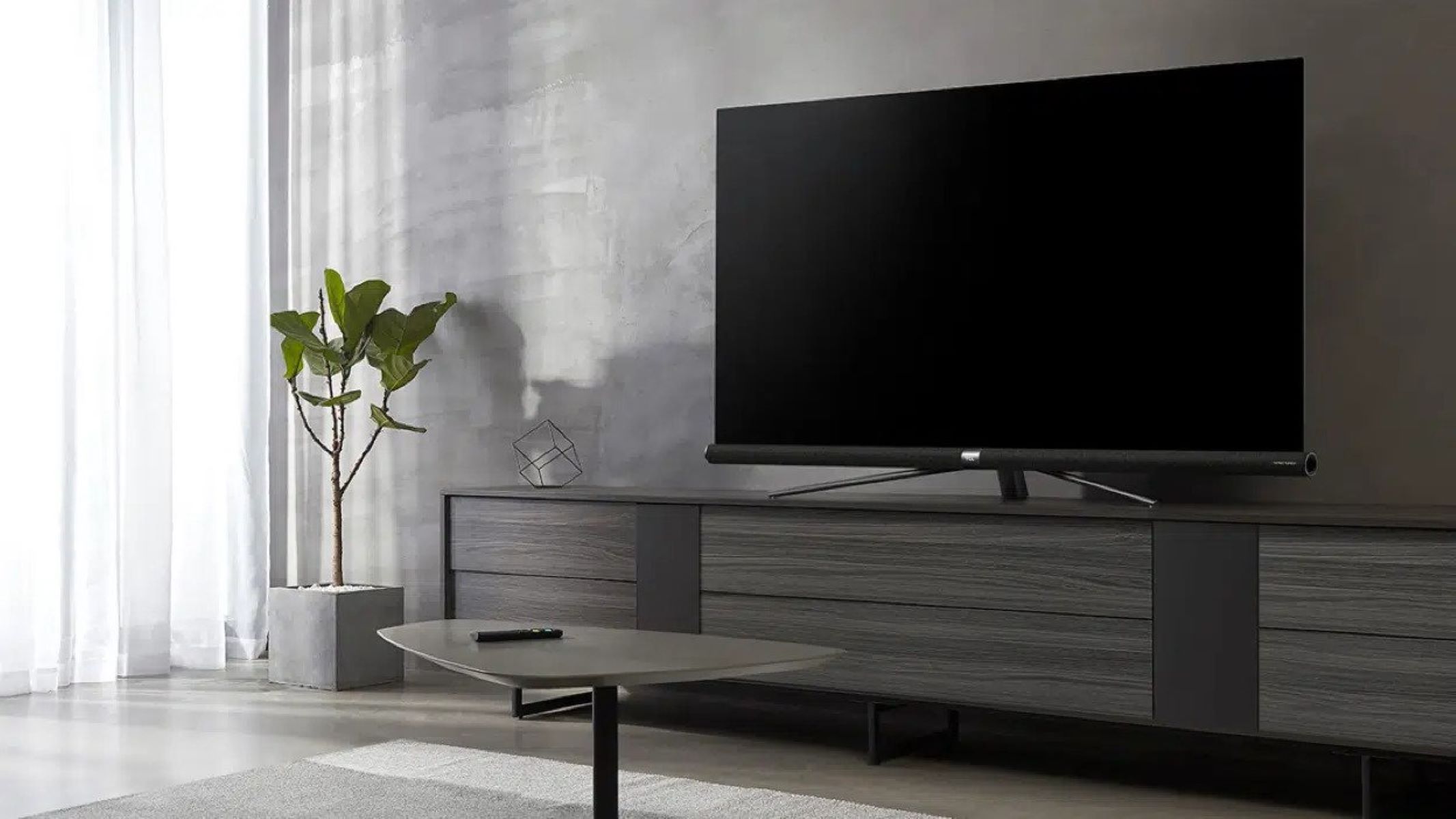
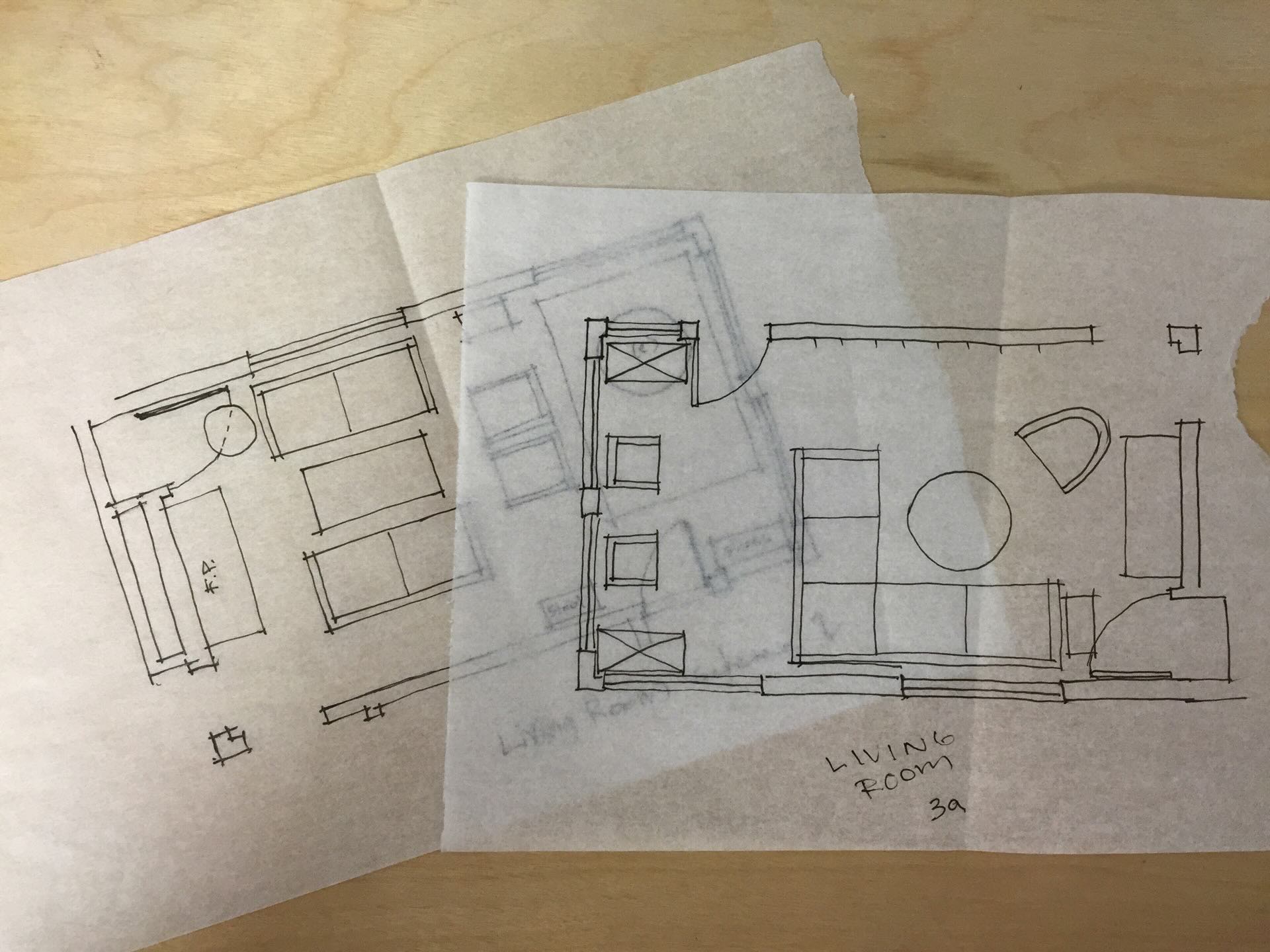



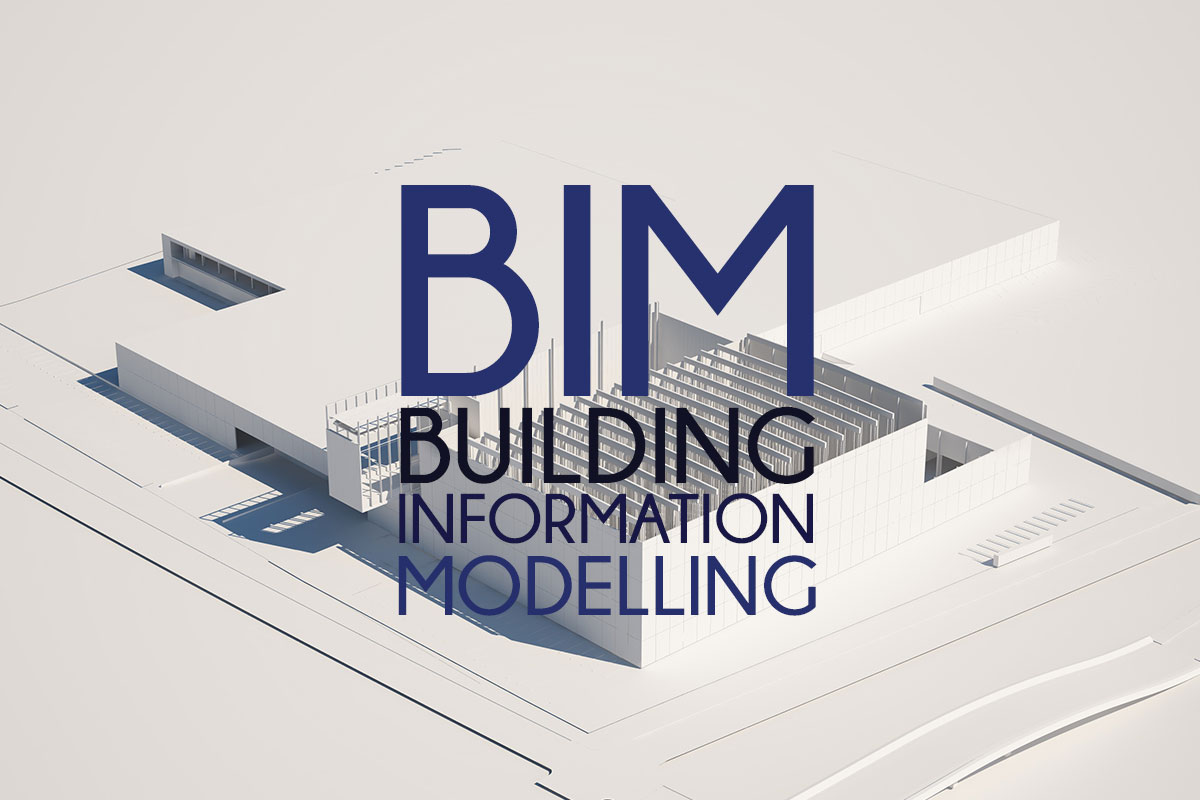
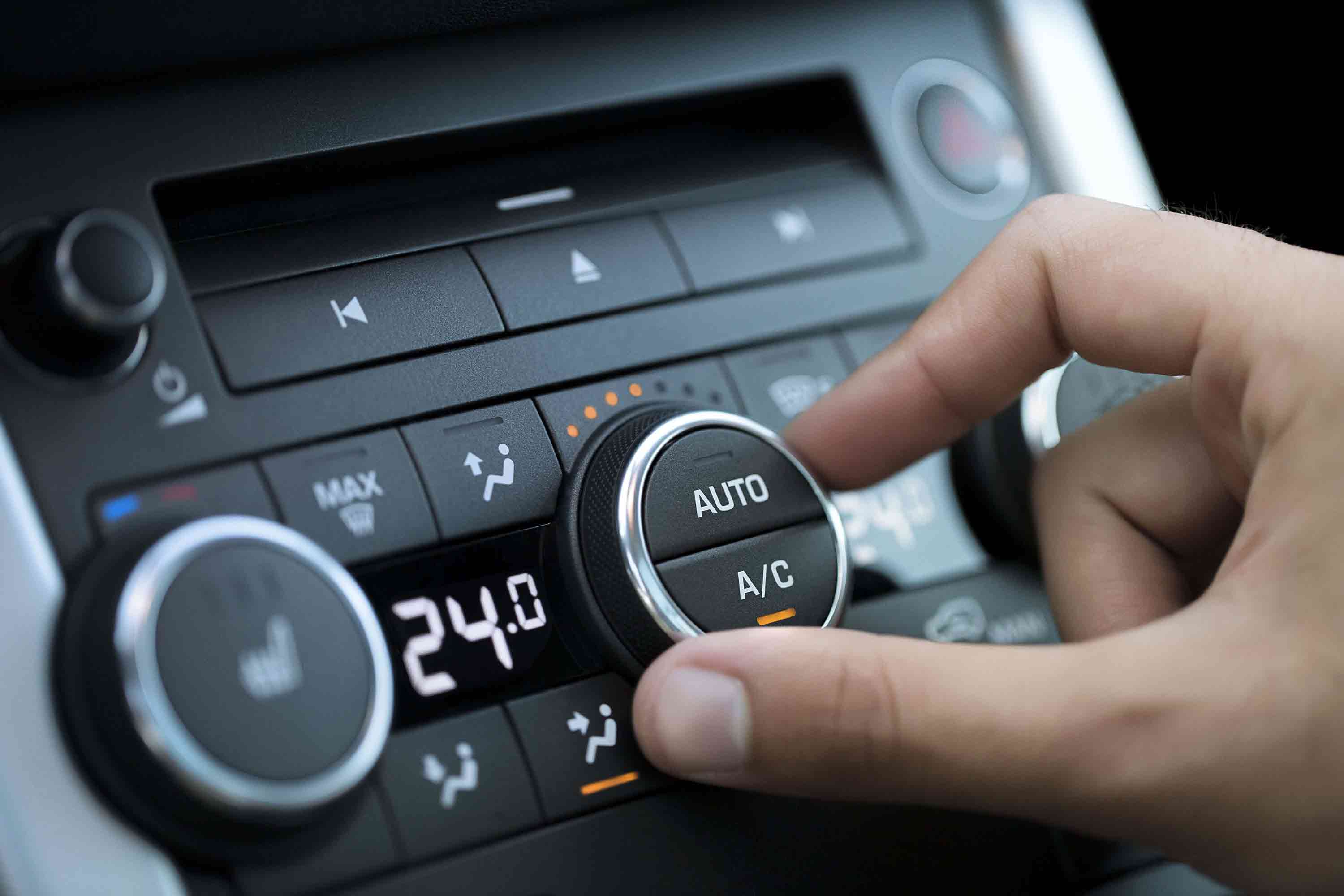
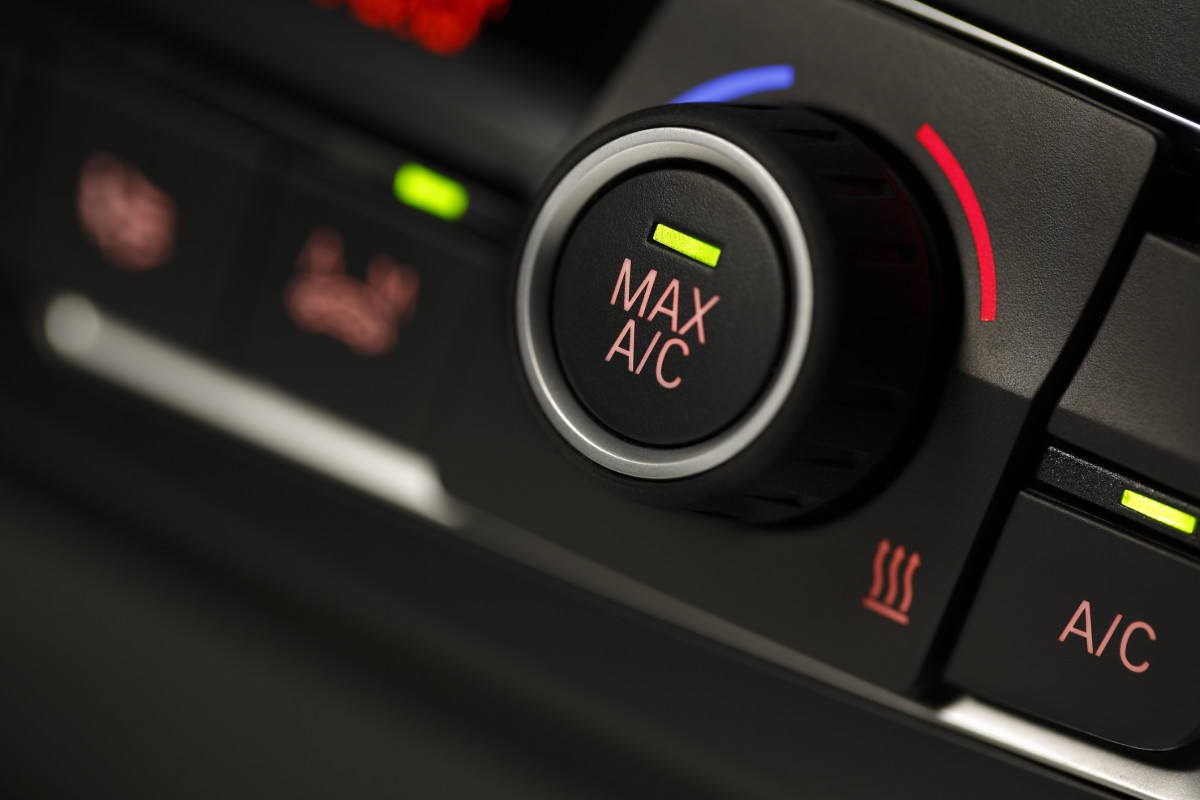

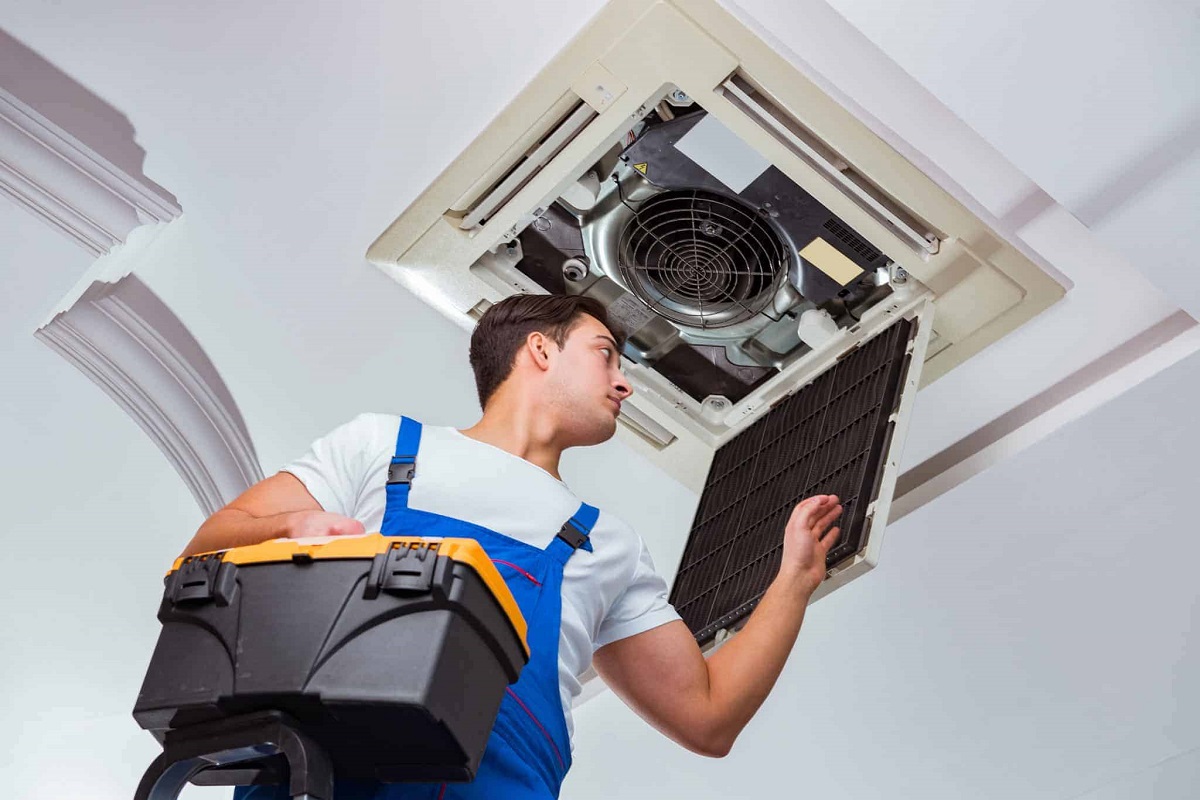
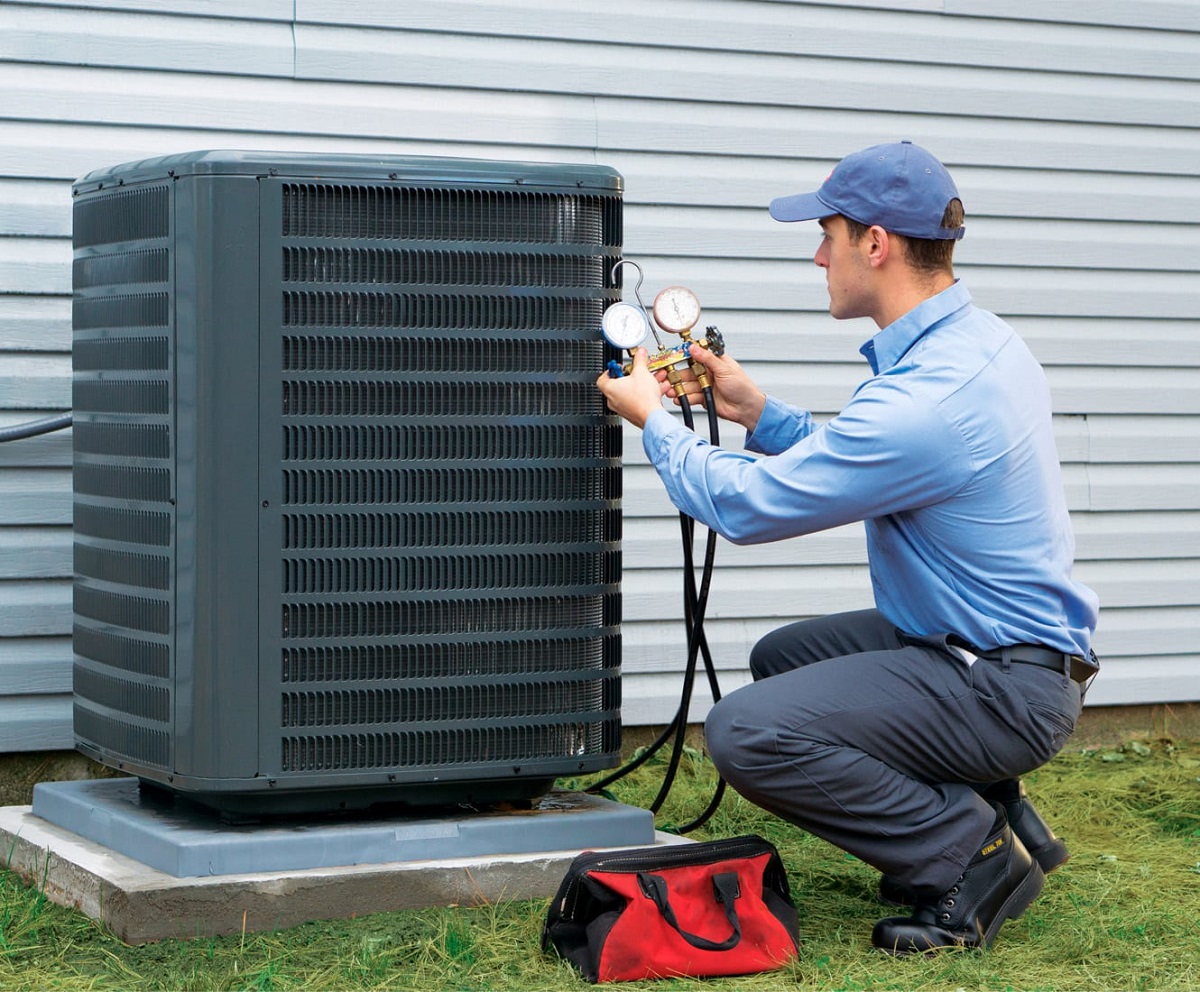
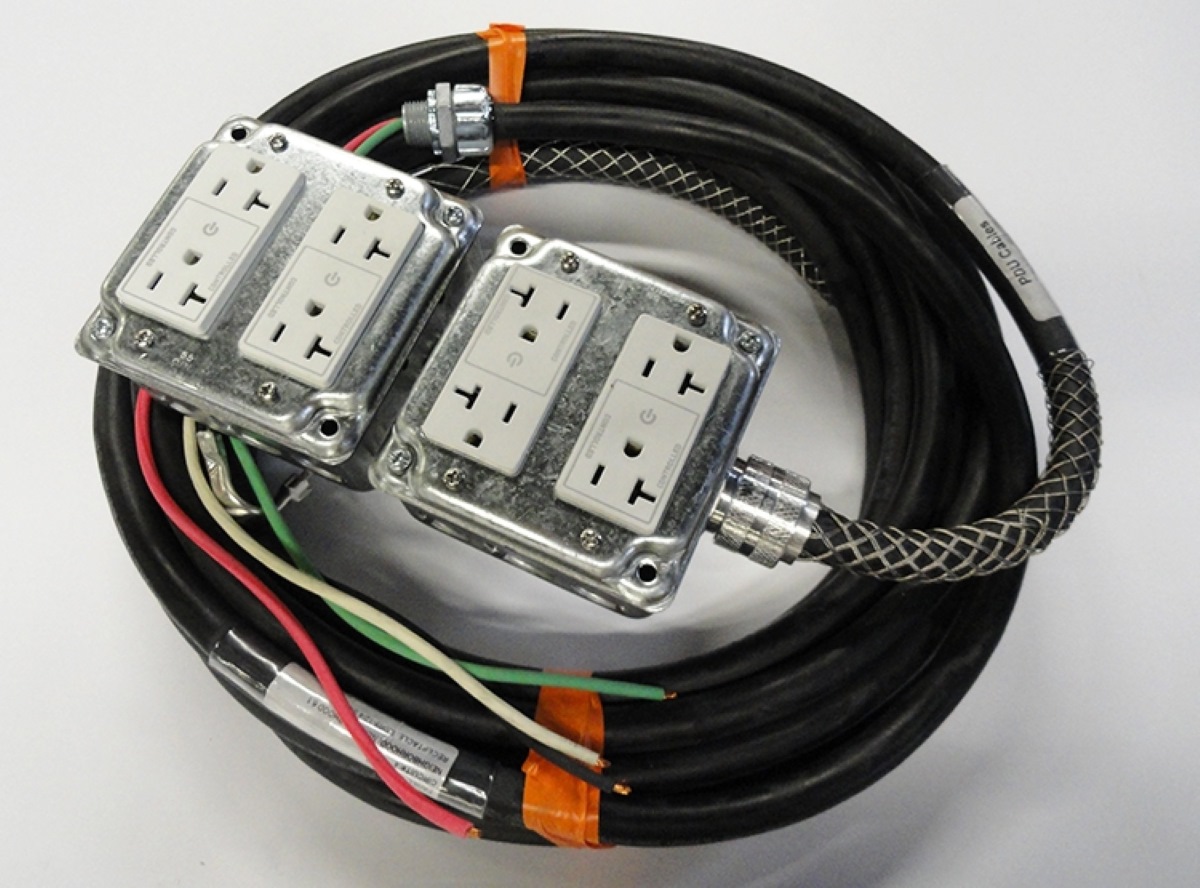
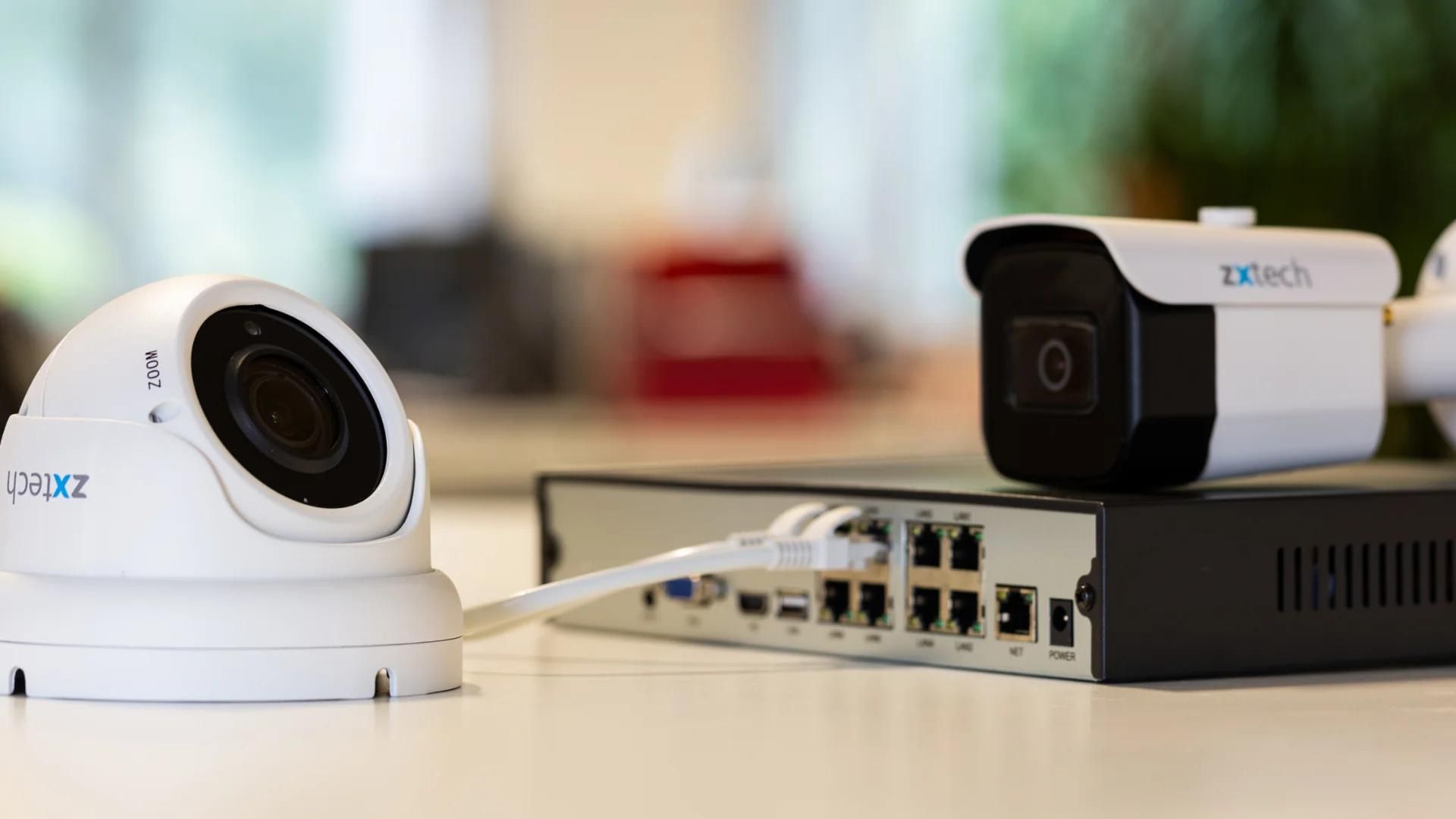
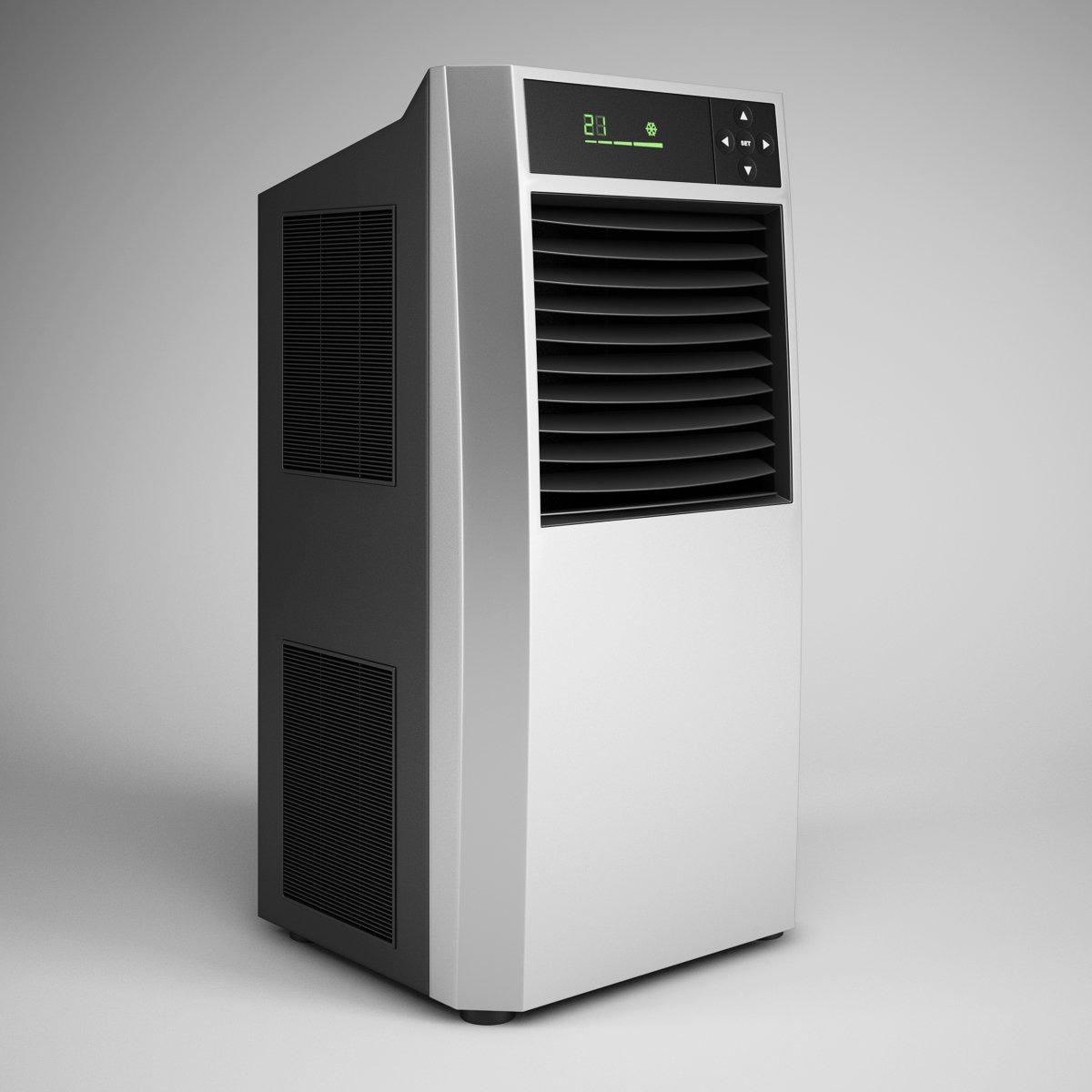

0 thoughts on “What Does AC Stand For”